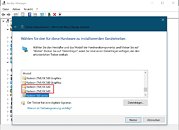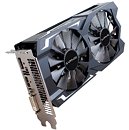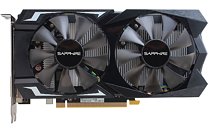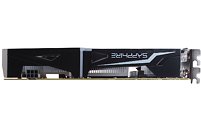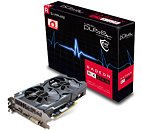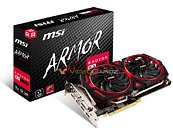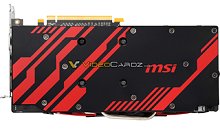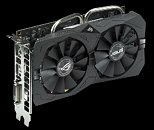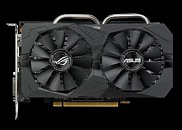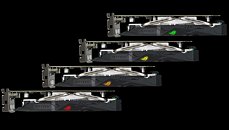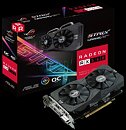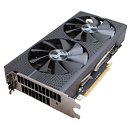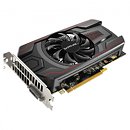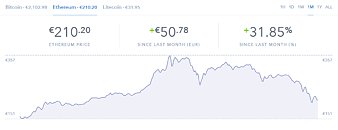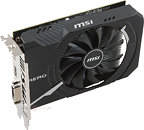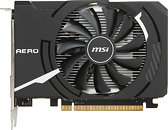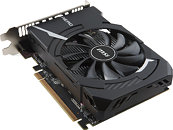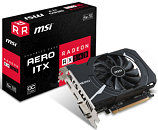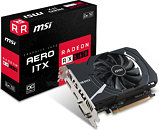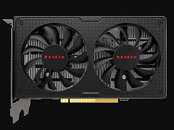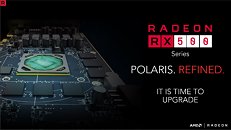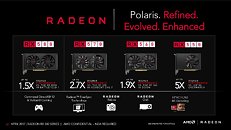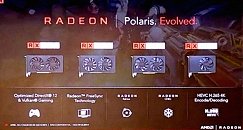
AMD Readies Radeon RX 640, an RX 550X Re-brand
One of our readers discovered an interesting entry in the INF file of AMD's Adrenalin 19.4.3 graphics drivers. It includes two instances of "Radeon RX 640," and has the same device ID as the Radeon RX 550X from the current generation. The branding flies in the face of reports suggesting that with its next-generation "Navi" GPUs, AMD could refresh its client-segment nomenclature to follow the "Radeon RX 3000" series, but it's possible that the RX 600 series was carved out to re-brand the existing "Polaris" based low-end chips one step-down (i.e. RX 550X re-branding as RX 640, RX 560 possibly as RX 650, etc.).
The move to create the RX 600 series could also be driven by AMD's need to contain all "Navi" based SKUs in the RX 3000 series, and re-branded "Polaris" based ones in the RX 600, so that, at least initially, consumers aren't led to believe they're buying a re-branded "Polaris" SKU opting for an RX 3000-series graphics card. It's also possible that AMD may not create low-end chips based on "Navi" initially, and focus on the performance-segment with the highest sale volumes among serious gamers, the $200-400 price-range. Based on the 14 nm "Lexa" silicon, the RX 550X is equipped with 640 stream processors, 32 TMUs, 16 ROPs, and 2 GB of GDDR5 memory across a 128-bit wide memory bus. Given the performance gains expected from Intel's Gen11 "Ice Lake" iGPU and AMD's own refreshed "Picasso" APU, the RX 640 could at best be a cheap iGPU replacement for systems that lack it.Image Credit: Just Some Noise (TechPowerUp Forums)
The move to create the RX 600 series could also be driven by AMD's need to contain all "Navi" based SKUs in the RX 3000 series, and re-branded "Polaris" based ones in the RX 600, so that, at least initially, consumers aren't led to believe they're buying a re-branded "Polaris" SKU opting for an RX 3000-series graphics card. It's also possible that AMD may not create low-end chips based on "Navi" initially, and focus on the performance-segment with the highest sale volumes among serious gamers, the $200-400 price-range. Based on the 14 nm "Lexa" silicon, the RX 550X is equipped with 640 stream processors, 32 TMUs, 16 ROPs, and 2 GB of GDDR5 memory across a 128-bit wide memory bus. Given the performance gains expected from Intel's Gen11 "Ice Lake" iGPU and AMD's own refreshed "Picasso" APU, the RX 640 could at best be a cheap iGPU replacement for systems that lack it.Image Credit: Just Some Noise (TechPowerUp Forums)
